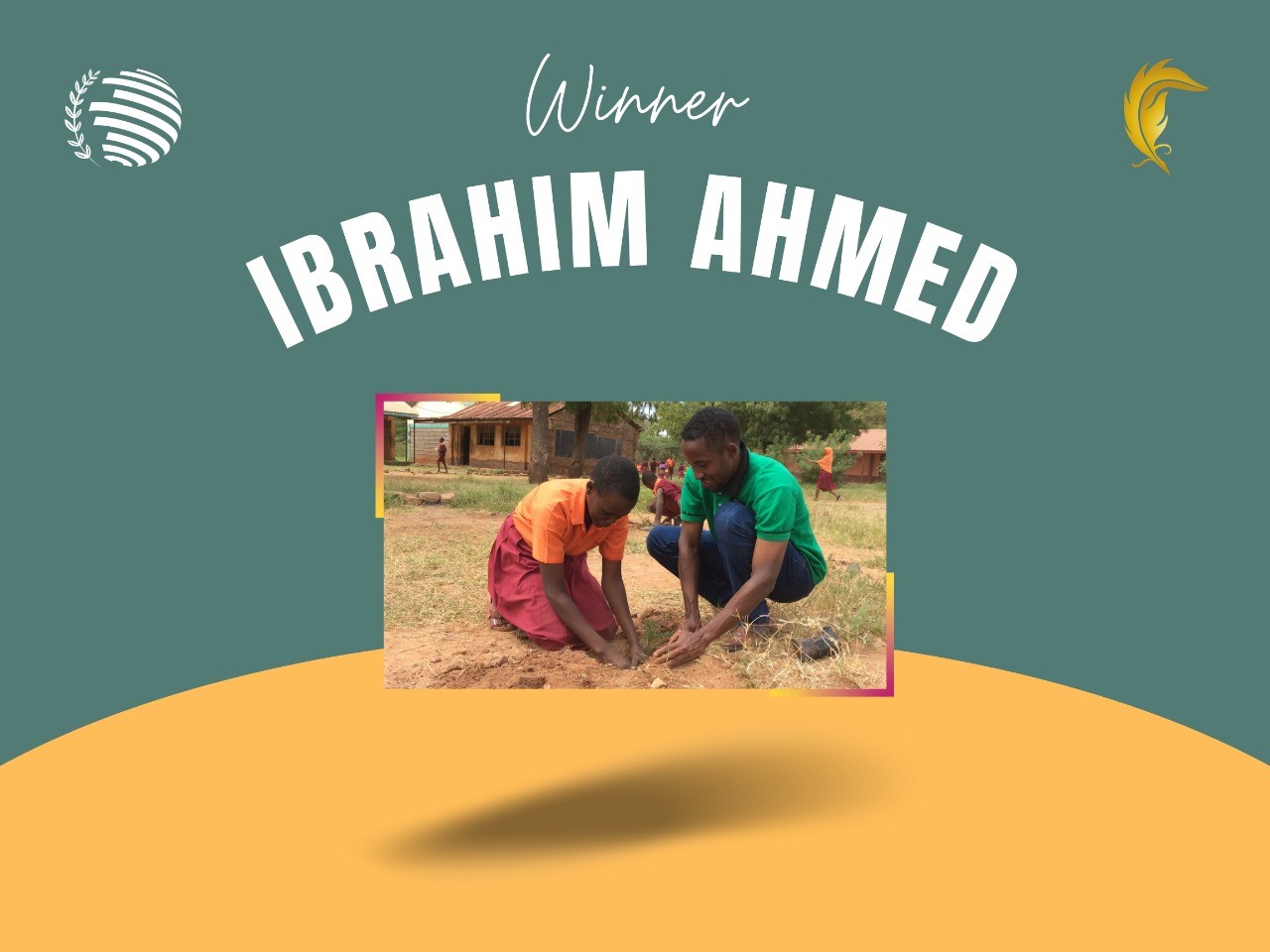
Dryland Agroforestry in the face of Climate Change Dryland regions of Kenya cover up to 80% of the total land mass and is characterized by low and erratic rainfall, high temperatures and high rates of evapotranspiration. Pastoral and agro pastoral production is the main livelihood. Due to low agricultural productivity, drought, climate change, lack of adequate input, poor markets and market access by smallholder farmers, high cost of food, underinvestment in rural infrastructure, and poor soil quality, the drylands are considered to be marginal.
Food insecurity, poverty and natural resource degradations are most challenging problems in these areas. Being born and brought up in harsh Northern Kenya (Wajir County), in the rural town of Korondille where natural resources have been degraded by intensive pastoral system, long drought seasons, and low rainfall my experience with climate change and its adverse effects on the livelihoods and environment is worth noting in writing. A decade and beyond, Korondille and its surrounding area of Wajir North Constituency was once an agricultural hub supporting dryland crop production such as sorghum, both wild and domestic fruit trees and livestock like camels, goats.
I can vividly remember harvesting forty two bags of sorghum in our family farm of approximately 10 acres. Worth noting was also the wild fruits we could collect few miles from the school compound during the physical education break (PE). Some of the fruits that were dominant in the wild neighborhood during the rainy season of the year were Cordia sinensis (Marer), Tamarind, Dibiriq (local name), Hanshila (local name), Kabash (local name) etc. with Mango and pawpaw being the dominant domesticated fruit trees within the households. Today that is just a history with every household struggling to find their way into other forms of ventures from education to shop keeping with those who don’t have the strength to run these businesses relying on government cash aid programme.
Many farmers watched helplessly as their land lost productivity due to multiple factors of overuse without restoration, erratic rains, and prolonged droughts until recently when some farms could not even sustain a blade of grass. Being trained and skilled in agroforestry in my undergraduate studies, a technique that integrates perennial woody species with agricultural crops and/or livestock in the same land management unit, I started a dryland agroforestry and afforestation drive in October 2017 in my home town of Korondille. The county of Wajir has also shown rise in food shortage due to poor agricultural practices leaving the inhabitants to depend primarily on food aid.
My agroforestry initiative was basically offering extension services voluntarily to local farmers on how they can integrate drought resistant crops with dryland tree species. Afforestation was mainly done in public institutions such as schools, dispensaries, and local government offices while at the same time providing seedlings to the locals to plant within their homesteads. This initiative has attracted the attention of several local leaders from County and National assemblies, and financial institutions such as Equity Bank that offered financial support to buy seedlings and participation in the tree planting exercise. Through their support, several youths joined the initiative as volunteers and expanded it to two neighbouring sub-counties (Bute and Buna). This helped in restoration with over 1,800 trees planted as of December 2020.
The farmers who hardly harvested enough before and have lately started practicing dryland agroforestry now get surplus, value for their produce and more. Mr. Ahmed, a retired teacher, currently a farmer is among the farmers who benefited and appreciated the technology.
After embracing the agroforestry technique, the farmer is looking forward to a bumper harvest of vegetables like onions, and fruits like mango, banana and pawpaw as well as agricultural crops like sorghum as all the other farmers in the neighbouring sub-counties count their losses following this year’s failed season. Additionally, some of the farmers practice beekeeping within the same land unit. In this short period, I have been approached by hundreds of farmers from within Wajir North and other places who are seeking to understand how the technique of agroforestry works.
Photo Gallery of some farms in Bute, Wajir County, Kenya.



